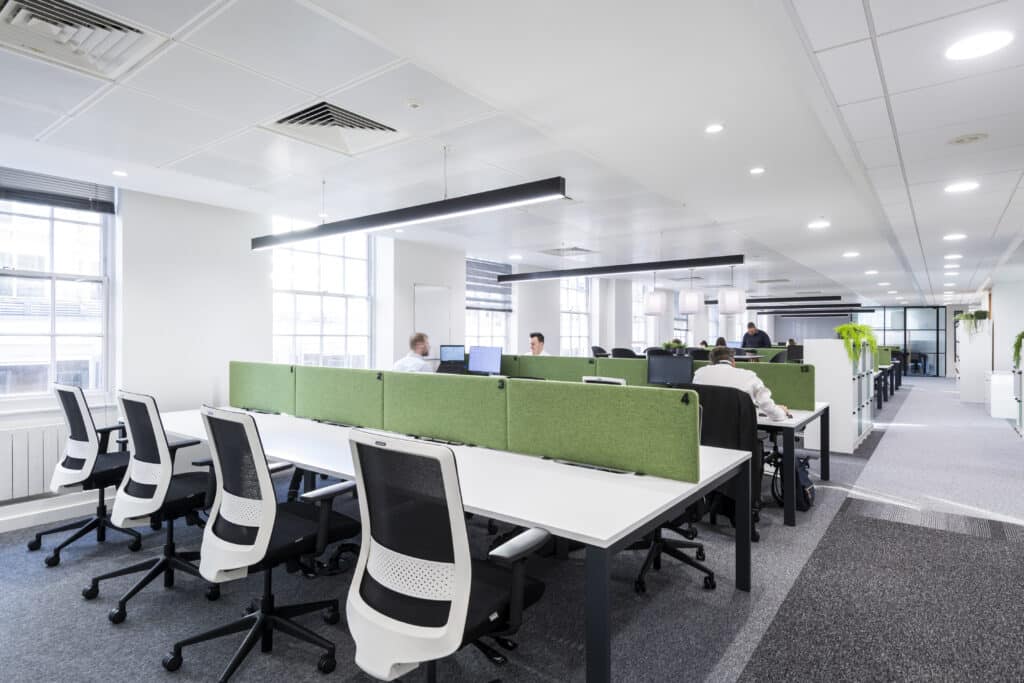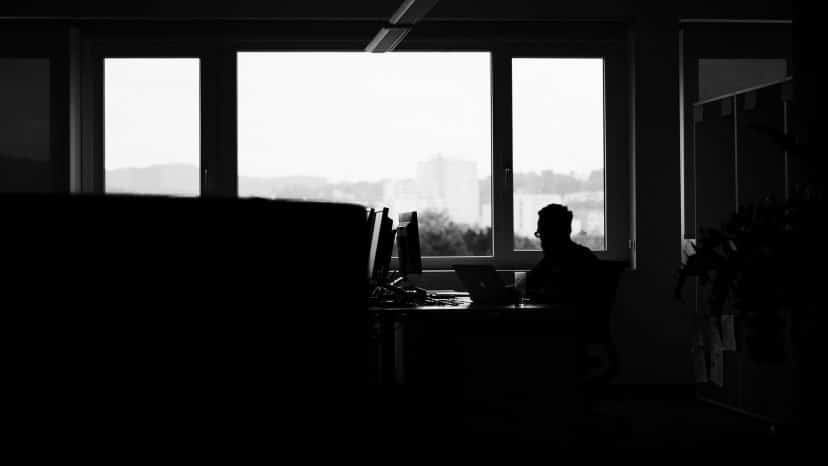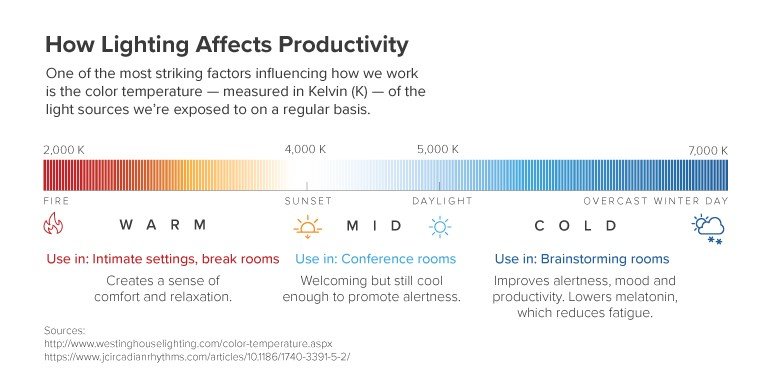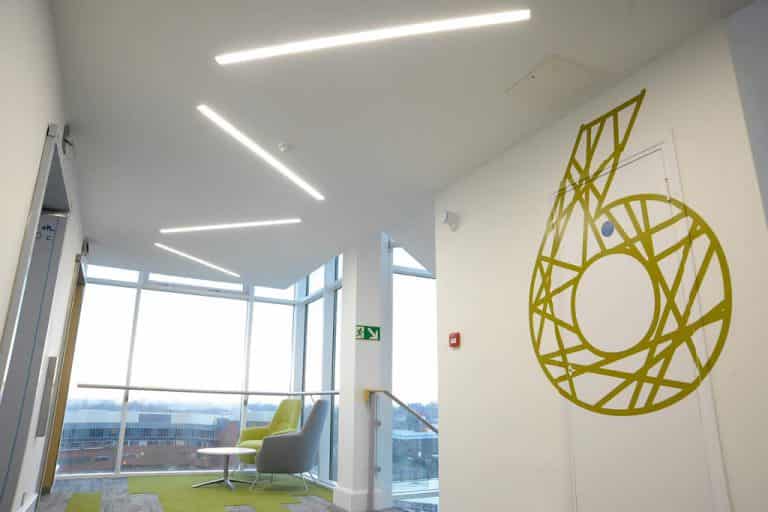For years, successive governments (and frustrated business leaders) have wrestled with a vexatious challenge that affects the entire country: workplace productivity. The technology-driven increase in productivity of past decades has slowed dramatically and the UK has fallen behind other developed nations on the productivity scale.
While there are many factors that can affect how productive we are at work, one that doesn’t receive much attention is lighting. According to Bloomberg: “The intensity and type of light we live with during the workday can have a major impact on our health, happiness, and productivity.”
So, how can you use the power of light to improve productivity? Read on, you’re about to find out!
Natural Light
It’s no secret that natural light is a boost to workplace productivity. Over the years, designers have found more and more innovative ways to allow natural light to flood through the workplace. Despite this, it’s very difficult (and prohibitively expensive) to ensure every desk or work area can benefit from natural light in a building – and during winter, the shorter days mean many hours spent working under artificial light even for those who are fortunate enough to be near a window.
The good news is, with recent gains in understanding the effect that different light sources can have on our mood (and productivity), you can replicate the benefits of natural light for all – at any time of the day or night.
Understanding Light Colour Temperature
A crucial factor affecting how we react to light sources is Colour Temperature – a term used to describe the look and ‘feel’ or ambience of an artificial light source. This is measured in degrees of Kelvin (K). The Kelvin temperatures of artificial lighting typically fall somewhere between 2,000K and 6,500K.
You’re probably familiar with the terms ‘warm’ and ‘cold’ when used to describe the hue or colour temperature of a light source. Confusingly, the higher light colour temperatures are referred to as a ‘cool’ or ‘cold’ – while the lower temperatures are referred to as ‘warm’ in tone! It helps to think of a piece of metal being heated up – it will first of all turn red, then orange, then white, and finally, a bluish-white colour when it is at its highest temperature.
Higher-temperature lighting tends to result in higher workplace productivity, and can even counteract the effects of Seasonal Affective Disorder – a condition thought to affect up to 14% of all adult workers, where the lower levels of natural light in the winter seasons can lead to a lower mood.
A two-month study by the University of Greenwich found that workers under ‘blue-enriched’ light bulbs reported feeling “happier, more alert and had less eye strain.” The Journal of Circadian Rhythms concluded in a peer-reviewed research article that “bright-light exposure during winter appears to be effective at improving health-related quality of life… Exposure to bright light in the morning and evening in the workplace has also been shown to improve self-reported mood, energy, alertness and productivity in individuals with sub-syndromal seasonal affective disorder [also known as SAD]”
The following handy chart shows the different light temperature colours with suggestions for the work environment most suited to each:
But what if you have an area that is supposed to be a high-energy brainstorming room at 9AM and a relaxing breakout area at 12PM? Fear not – at Mount Lighting we’ve got the lighting solution for any situation! Did you know our M-Line range can be controlled using your smartphone (or any Windows, Android, or iOS device) to cycle through an almost-infinite variety of colour temperatures and brightness?
Whatever your lighting challenge, whether upgrading old units to add smart controls, or completely transforming a work area by replacing old-fashioned and flickering fluorescent tubes with bright and modern LED panels, Mount can help.
Why not get in touch with us today to find out more?

 01582 369005
01582 369005 



